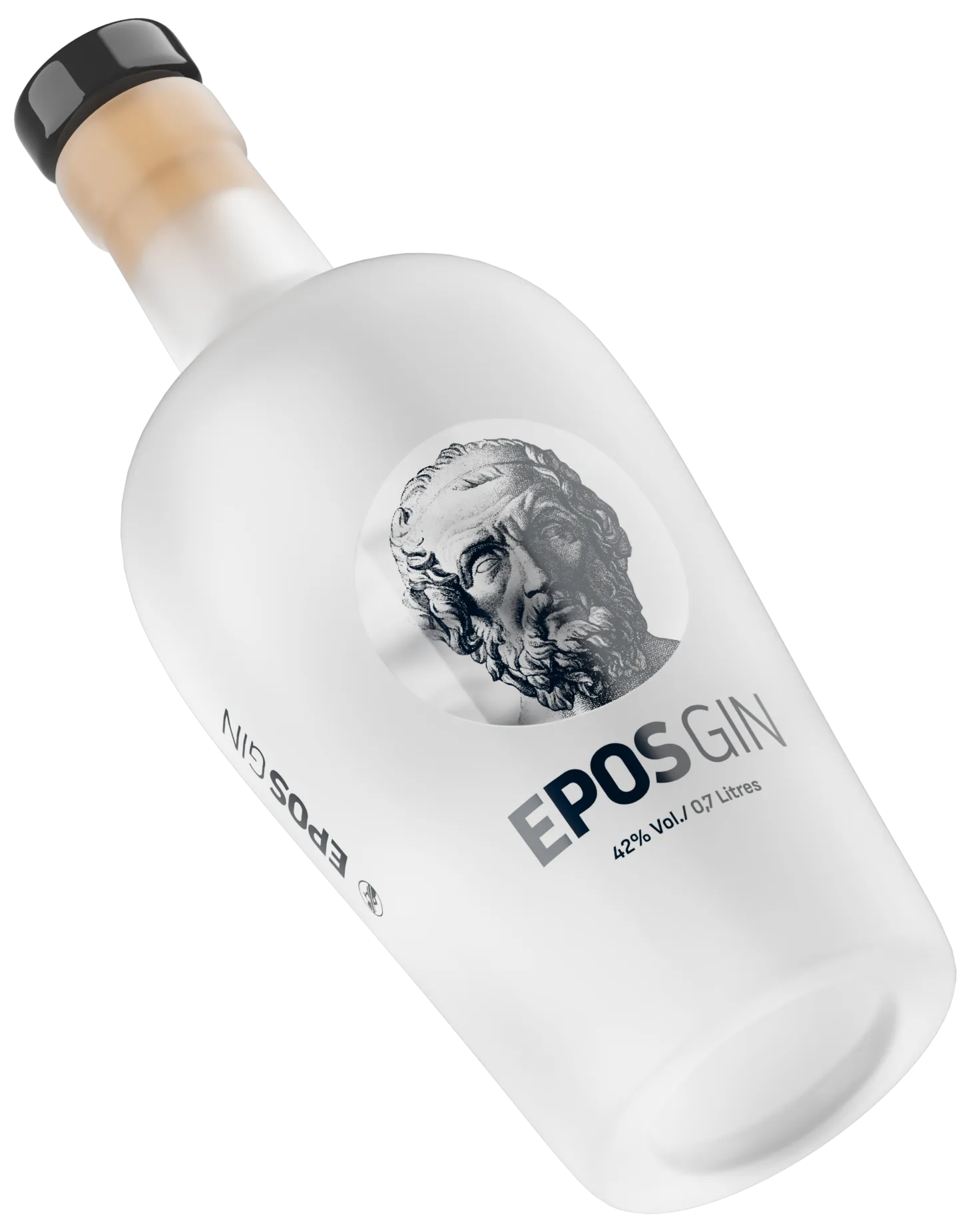
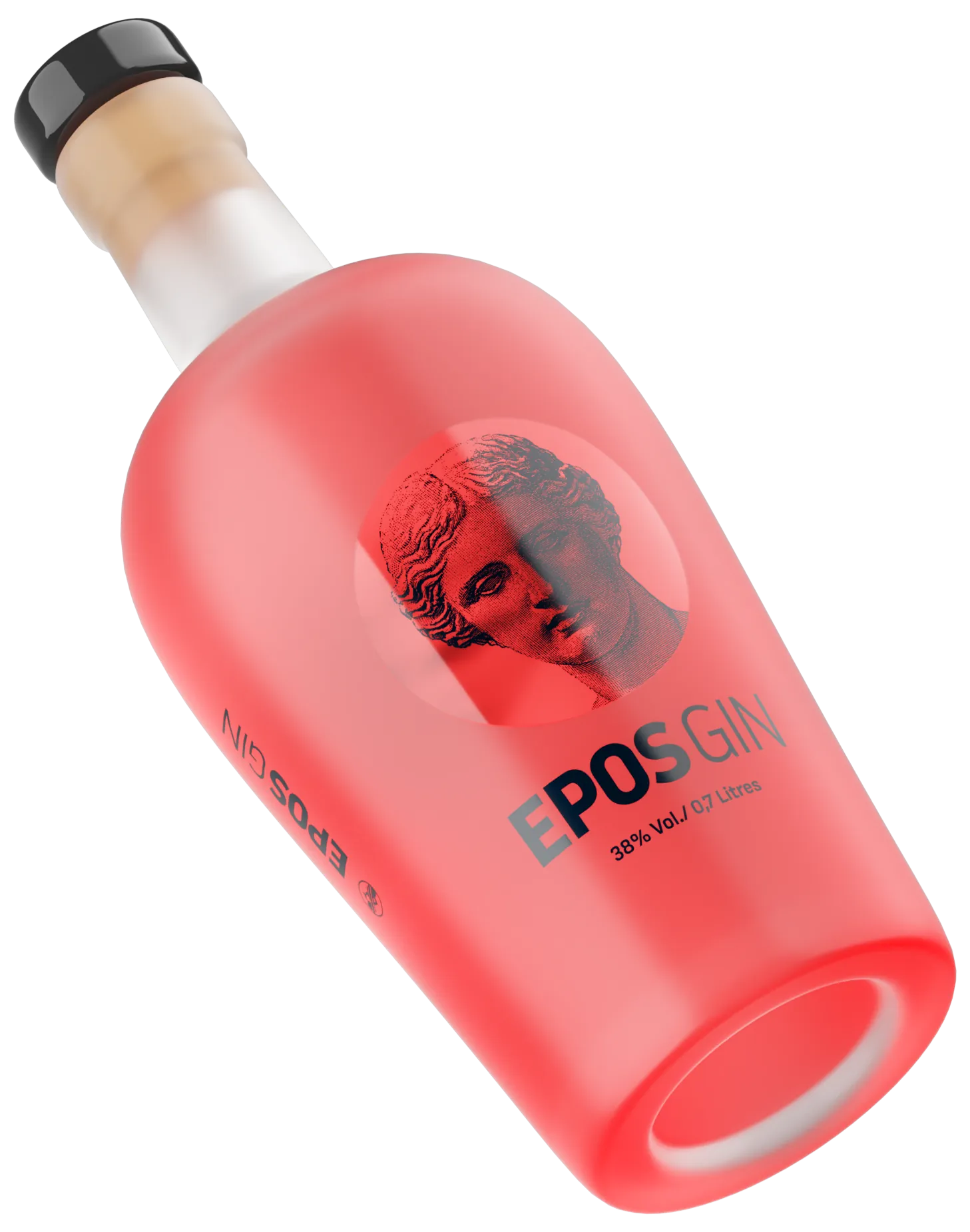
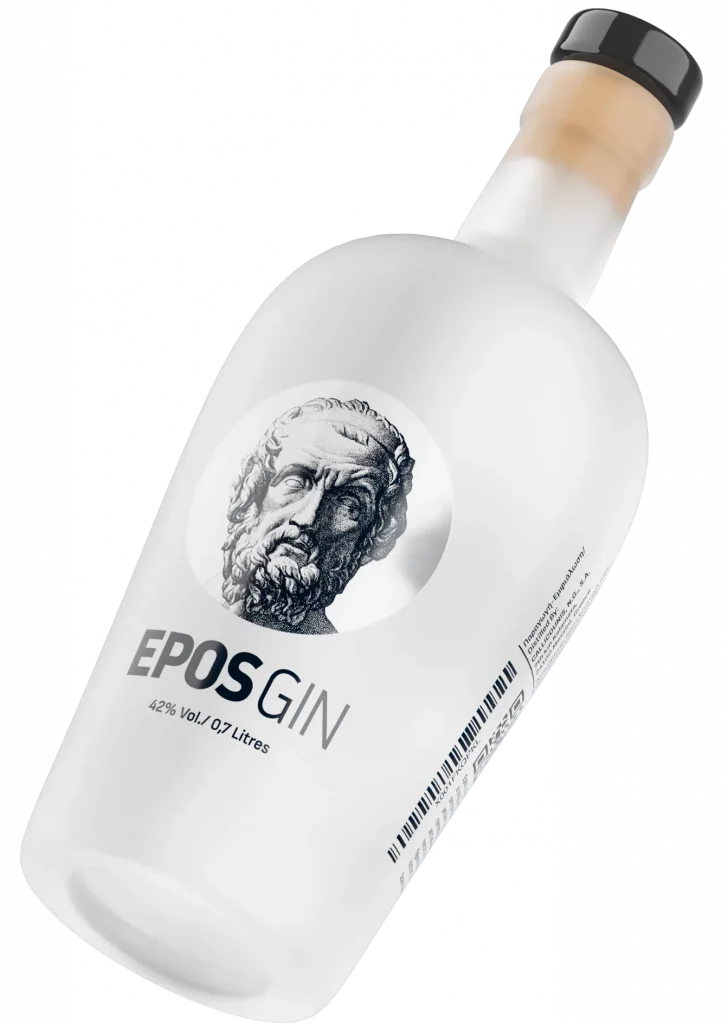

This trio of processes, after all, is also the reason why its recipe is kept as a seven-sealed secret for centuries. Specifically, each batch of 500 bottles of the most original epic spirit, has a handwritten name of a historical figure and a bottle number from 1 to 500. Closing our eyes and enjoying a sip of EPOS GIN, we will be automatically transported to places past, where heroism is the only way. Are you ready to be epic?

Did you know that rosemary can activate the sympathetic nervous system, improving the quality of memory, the ability to concentrate, but also people’s mood?
A well-known plant in antiquity used by ancient Greeks in various religious ceremonies and celebrations, from the decoration of buildings and temples to fuel for incense.
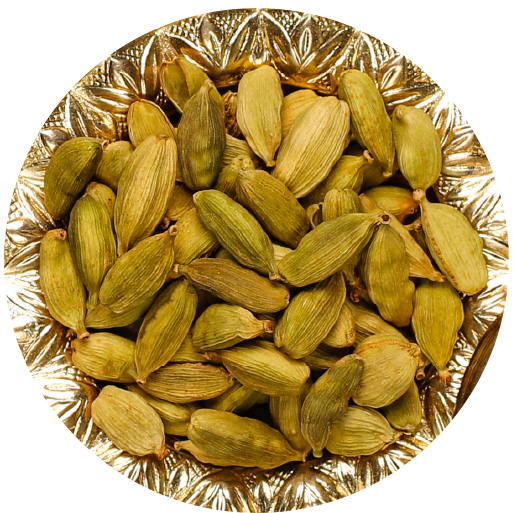
Did you know green cardamom is widely used in South Asia to treat infections of the teeth and gums?
Cardamom is one of the herbs used since antiquity for its healing properties. Its use was so widespread and frequent in Medicine, that cardamom became synonymous with the recovery of powers and entered the Greek vocabulary in this capacity
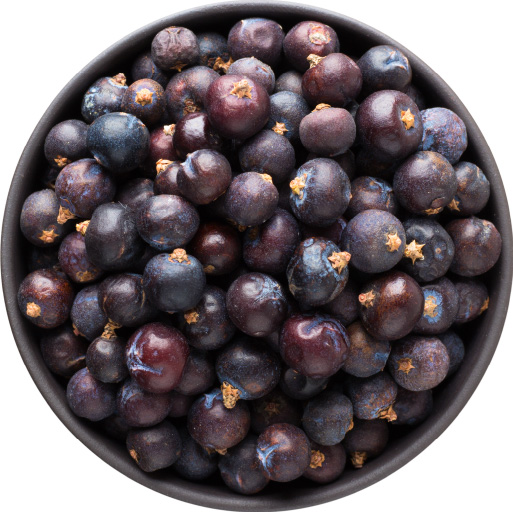
Did you know that juniper berry provides anti-inflammatory and antioxidant action?
In ancient times the Greeks consumed the fruits of juniper because they believed that they could increase their natural strength.

Did you know that nutmeg is known to be a valuable and expensive spice in medieval European cuisine as a flavoring, medicine and preservative?

Did you know that liquorice sweet taste is due to glycyrrhizin, its main ingredient, which is 60 times sweeter than sugar?
Since ancient times it is widely used as a natural flavoring and sweetener in sweets, food and drinks.
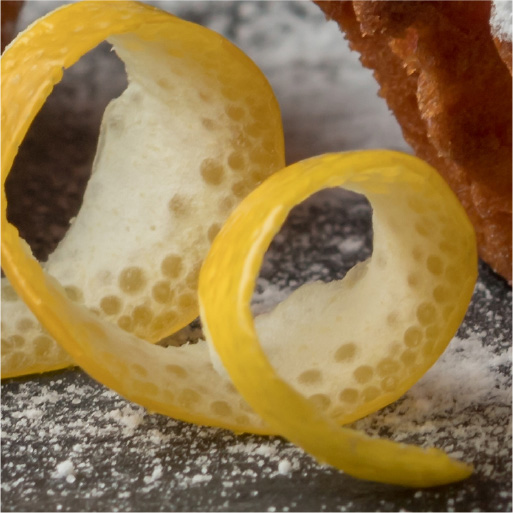
Did you know that lemon, thanks to its antibacterial properties and its content of vitamin C, helps strengthen the body’s defenses and fights free radicals?
It is considered the most valuable “medicinal fruit” of the ancient physicians, while citrus and lemons in antiquity were insignia of nobility and a symbol of the social position of the ruling class.

Did you know that its roots have healing and tonic properties, while also helping with colds and asthma?
The most effective plant of ancient years for protection from witches. The most famous “witches” of the time, with divine abilities were Calypso and Kirki.

Did you know that despite its high sugar content, the orange is a fruit
with a low glycemic index and relatively few calories?
The orange, according to botanists, was from China or another version
imported from India and used by the Portuguese in the western world
spread. The orange has been known since ancient times, but its more intense
Cultivation began in North Africa in the 10th century AD.

Did you know that mastic of Chios has antioxidant, antibacterial and anti-inflammatory properties, also having the ability to reduce lipids and glucose in the blood?
Mastic is found historically from the 5th century BC. Firstly, through Herodotus and then through many ancient writers. Its healing properties are also known from antiquity but have only recently been scientifically proven.